calsfoundation@cals.org
Mammals
Arkansas’s assemblage of mammals contains both domesticated and wild species, as well as humans. The agriculture and pet industries within Arkansas are enhanced by domesticated mammals. Wild mammals can be grouped into two categories: game (species with hunting seasons) and non-game (species without hunting seasons). All mammals are classified into the class Mammalia. Mammals—along with birds, fish, amphibians, and reptiles—belong to a large group known as the vertebrates (animals possessing a backbone). Mammals share common features with each other, including being homeothermic (constant internal body temperature), having hair, having mammary glands (milk-producing structures in females), and being able to give live birth. Some mammals found outside of Arkansas, such as dolphins and whales (order Cetacea), have very small amounts of hair, and a small group of mammals (Monotremes: duck-billed platypus [Ornithorhynchus anatinus] and echidnas [family Tachyglossidae]) give birth by laying eggs, similar to reptiles or birds. There are more than 6,400 different mammalian species in the world, with around 500 being found in North America. Of those, around seventy wild species reside in Arkansas.
Although most of the native mammals to Arkansas are common, about twenty species are rare and have a special ranking as “species of greatest conservation need” within Arkansas but do not have any additional legal protection unless they happen to be listed as threatened or endangered by the federal government. Arkansas is home to three endangered bat species: the gray bat (Myotis grisescens), the Indiana bat (Myotis sodalis), and the Ozark big-eared bat (Corynorhinus townsendii).
Non-Game Mammals
The majority of the non-game mammals in Arkansas belong to the orders Soricomorpha (shrews and moles), Chiroptera (bats), and Rodentia (squirrels, rats, mice). Many of these mammals have a bad reputation, although many times unjustified. They are an important part of the food chain and the ecosystem.
Of the order Soricomorpha, the mole (Scalopus aquaticus) is the best-known mammal because of its tunneling behavior, which is easily recognized in yards and other maintained grassy areas. Shrews (family Soricidae) are generally not noticed because they are small and remain in underground burrows, although people might notice shrews when dogs and cats capture them.
Bats (order Chiroptera) are the only group of mammals that are capable of true flight. They are usually seen at dusk, during the night, and at dawn when they are feeding on insects in the air. Folklore tales of bats sucking blood and spreading rabies are misleading. Only three species of bats feed on blood, and none of them occur within Arkansas; however, bats can carry rabies, so they should not be handled by people. Bats benefit humans, however, by reducing the insect population. In fact, for this reason, many people construct bat houses and attach them to trees or poles in their yards to attract bats. Bats can sometimes roost in houses, although they generally avoid human contact if possible.
People often overlook the importance of rodents to the ecosystem. Most people associate mice and rats with spreading diseases and being nuisances around human habitation (houses, barns). The majority of mice and rats do not dwell around humans, however, but live in fields and woodlands. In fact, the seeds of many plants are distributed by rodents caching (hiding) them to feed on later; some are not eaten and are able to germinate (grow). Additionally, predators rely on this group of mammals as a prey base. Without them, many of the larger predators, such as gray foxes (Urocyon cinereoargenteus) and bobcats (Lynx rufus), would not have enough food to eat. Pocket gophers (Geomys species) have a reputation as pests. They are similar to moles in that they live underground, create tunnels, and mound dirt. These mammals create burrows that provide refuge (protection) for many small mammals, amphibians, and reptiles.
Game Mammals
Arkansas was historically nicknamed “The Bear State” due to the numerous hunting stories told by early hunters visiting the state. Unfortunately, overexploitation of black bears (Ursus americanus) for their meat, fur, and oil almost extirpated (eliminated) the black bear from Arkansas. Thanks to restocking efforts and hunting regulations by the Arkansas Game and Fish Commission, the black bear population has made a comeback. Stable populations occur in the Ozark and Ouachita mountains, White River National Wildlife Refuge (NWR), and Felsenthal NWR, with legal hunting opportunities within the state.
Another big game mammal that once again resides in Arkansas is the elk (Cervus elaphus). The subspecies of elk that once lived in Arkansas and throughout the central United States is now extinct. Elk were reintroduced along the Buffalo National River in northern Arkansas during the 1980s. Thanks to habitat improvement along the river corridor and surrounding areas along with active management, a stable population now occurs in northern Arkansas concentrated along the upper and middle portions of the Buffalo National River. In fact, a large enough population now occurs that a limited number of hunting permits are granted each year for the pursuit of Arkansas’s largest wild mammal.
The most sought-after big game by the Arkansas hunter is the white-tailed deer (Odocoileus virginianus). These animals occur throughout the entire state, with the largest populations in the southern portion. Large concentrations of deer can lead to property damage as a result of foraging as well as deer/vehicle collisions.
Feral hogs (Sus scrofa) likely occur in every county in Arkansas. Although they are not native to Arkansas, they have established a large breeding population due to escape and the intentional release by people for the purpose of hunting. Feral hogs carry several diseases that can be transmitted to both domestic livestock and humans. They cause substantial damage to agricultural crops and out-compete native species for food and habitat. Feral hogs have become a significant wildlife nuisance throughout the entire southeastern United States.
Both squirrels (Sciurus species) and rabbits (Syvilagus species) provide hunting opportunities, and many young hunters pursue these creatures. They also provide valuable prey items for larger mammals, such as bobcats and foxes, as well as reptiles, such as large snakes, and birds of prey.
Furbearers represent a large group of mammalian species that comprise a significant portion of Arkansas game. All mammals are technically furbearers because they have fur or hair; however, typically this name refers to mammals that traditionally have been killed for their fur. This group includes both carnivores and rodents. Historically, furbearers were very important because, prior to the development of synthetic fibers, furs were used in the majority of the clothing industry. With the advent of modern clothing fibers, the demand for fur steadily decreased, resulting in fewer trappers and hunters pursuing furbearers. Furbearers include the following species: badger, beaver (Castor canadensis), bobcat, coyote (Canis latrans), eastern spotted skunk (Spilogale putorius), gray fox, mink (Mustela vison), muskrat (Ondatra zibethicus), nutria (Myocastor coypus), raccoon (Procyon lotor), red fox (Vulpes vulpes), river otter (Lontra canadensis), striped skunk (Mephitis mephitis), Virginia opossum (Didelphis virginiana), and weasel (Mustela frenata).
Threats to Mammals
Arkansans have converted much of the original habitat of Arkansas to either agricultural or urban/suburban habitat to accommodate human population growth and sprawl. This conversion of land has affected mammals as much as it has other groups of animals, such as fish, amphibians, reptiles, and birds. Some mammals have benefited from these land changes, while others have been harmed. Raccoons and coyotes have adjusted to these land changes and have benefited from them due to their generalist food diet and habitat preferences (mixtures of fields and woodland). Other mammals that require vast amounts of intact land, such as bears, are negatively affected by the conversion of woodland to fields. Also, human/wildlife conflicts typically result in either the removal or death of the wildlife involved. Overharvesting, intentional killing of mammals by humans, and habitat destruction pose threats to all wildlife, not just mammals. A serious threat to the bats, not only in Arkansas but throughout the United States, is white-nose syndrome. The direct cause of death to the infected bats from this fungus is still unknown. To combat this problem, caves throughout the eastern half of the United States have been closed to human activity.
Arkansas has diverse habitats ranging from bottomland forests, fields, and wetlands to upland forests that support a variety of mammals. Both public (biologists, conservationists) and private (Arkansas residents) groups will have to work together to protect these natural resources, not only mammals, for future generations.
For additional information:
Connior, M. B. “Annotated Checklist of the Recent Wild Mammals of Arkansas.” Occasional Papers, Museum of Texas Tech University 293 (17 June 2010): 1–12. Online at https://www.biodiversitylibrary.org/page/57674127#page/1/mode/1up (accessed February 15, 2022).
Johansson, Emily P., and Brett A. DeGregorio. “The Effects of Landscape and Yard Features on Mammal Diversity in Residential Yards within Northwest Arkansas, USA.” Urban Ecosystems 27 (2024): 275–287. Online at https://link.springer.com/article/10.1007/s11252-023-01433-w (accessed July 22, 2024).
Sealander, J. A., and G. A. Heidt. Arkansas Mammals: Their Natural History, Classification, and Distribution. Fayetteville: University of Arkansas Press, 1990.
Matthew B. Connior
South Arkansas Community College

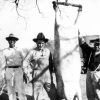
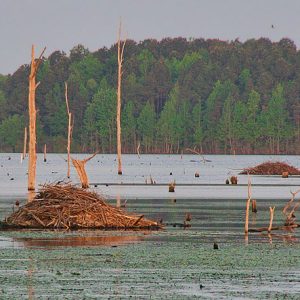
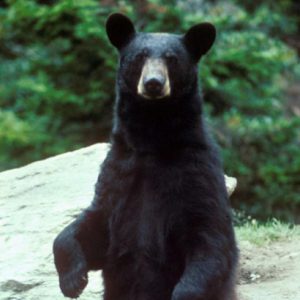
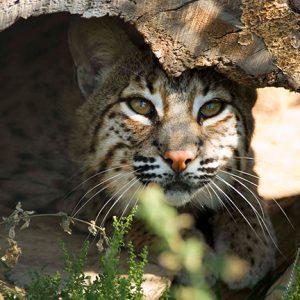
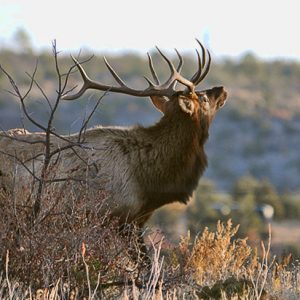
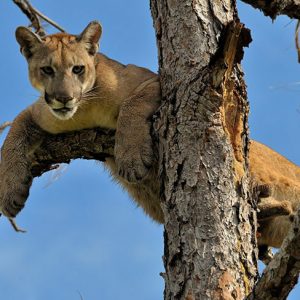
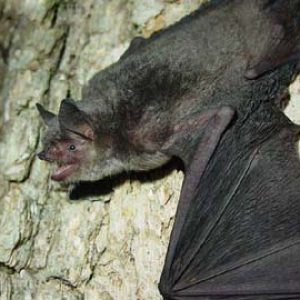
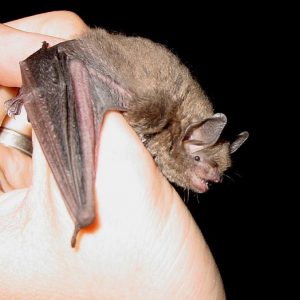
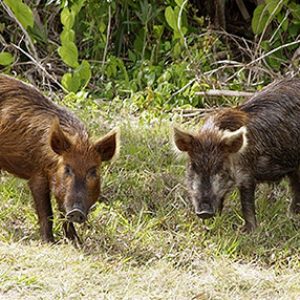
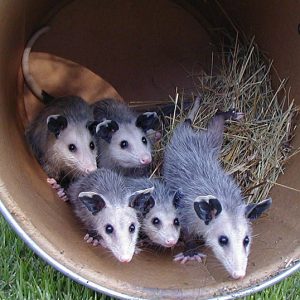
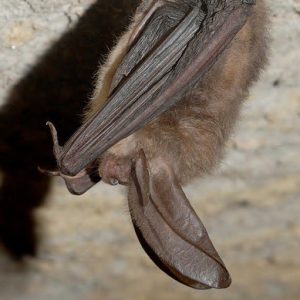
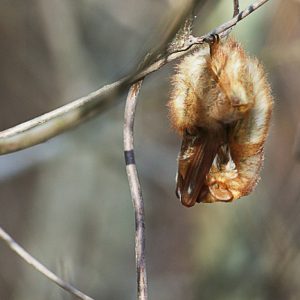
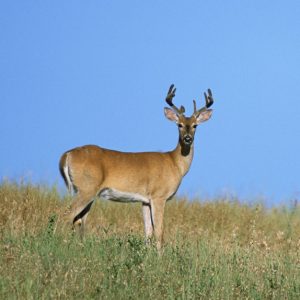




Comments
No comments on this entry yet.